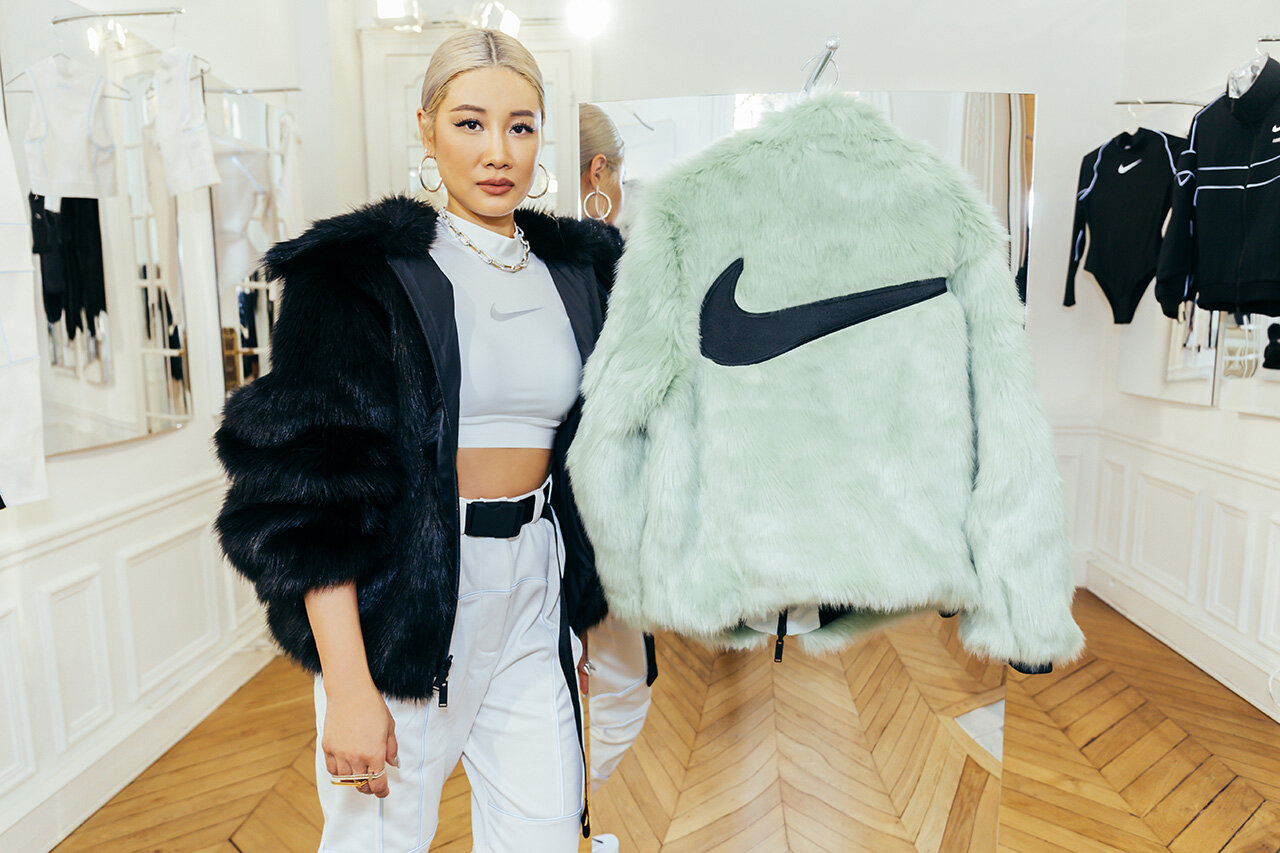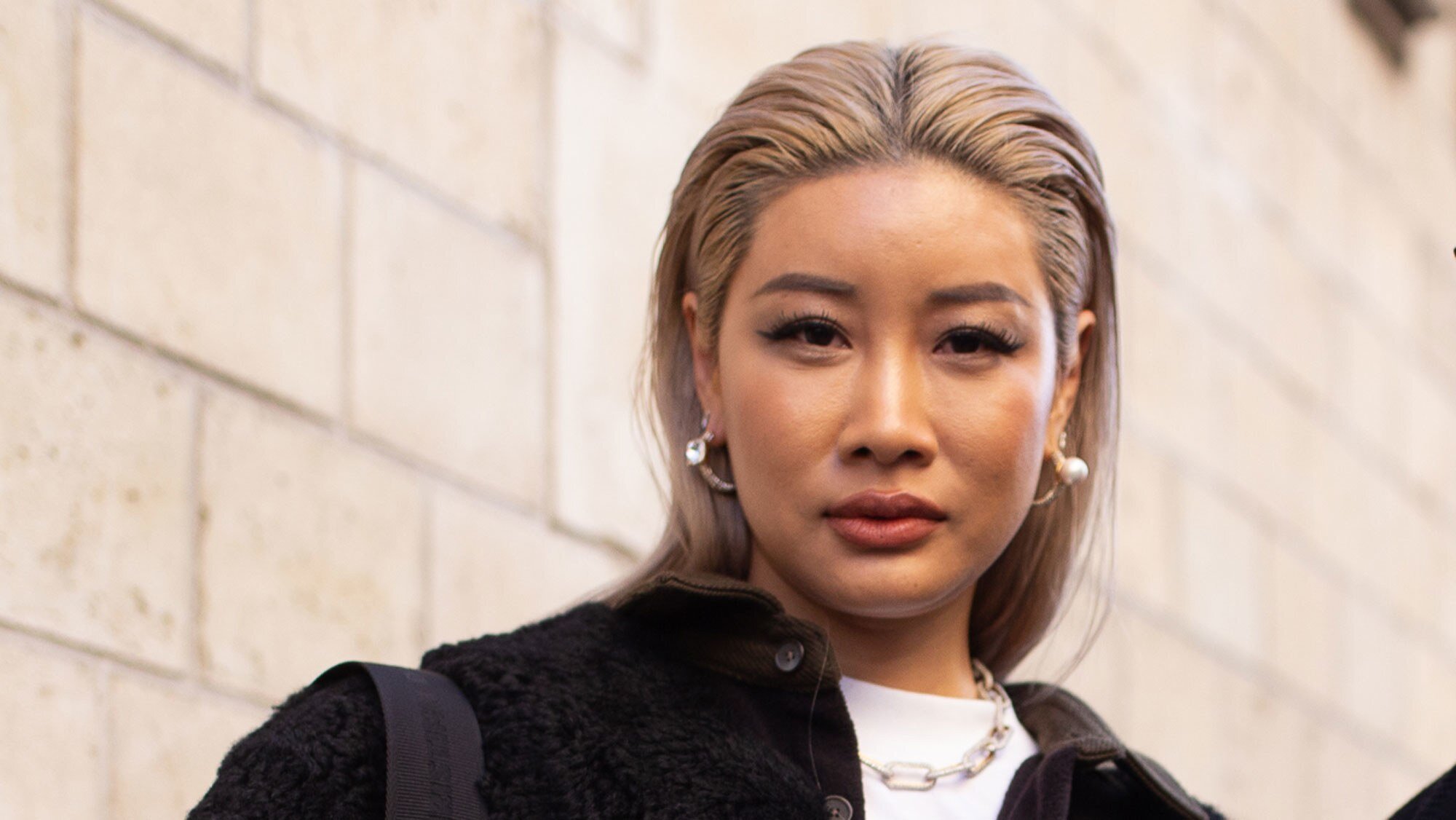This turn in the conversation is as unexpected as a robot suddenly gaining sentience, but the detour comes about because we’re talking about the fall 2019 collection for her line, Ambush. The clothes have a futurist-meets-survivalist bent—ripstop nylon, quilted vests, cargo pants, carabiner clips worn as earrings—kind of like the outfit you’d wear to go on a hike in 2035. The initial concept came from a viewing of the David Bowie film The Man Who Fell to Earth, which she understatedly describes as “a weird movie.” The conceit is that Bowie, perfectly cast as an alien, comes to Earth when his planet runs out of water.
“But he ends up getting involved in earthly bad things, like alcohol and sex and drugs, so he never goes back,”
she summarises. For Ahn, a collection often starts with this kind of pop culture–assisted push. Some designers, she says,
“physically go to places to get inspired. I wish I could do that, but I don’t really have the time, so when I get obsessed with certain artists or certain movies, I try to draw ideas from those places. Also, I’m a city girl, so I look at those things as my mental escape.”









